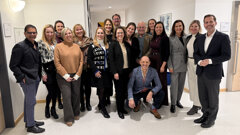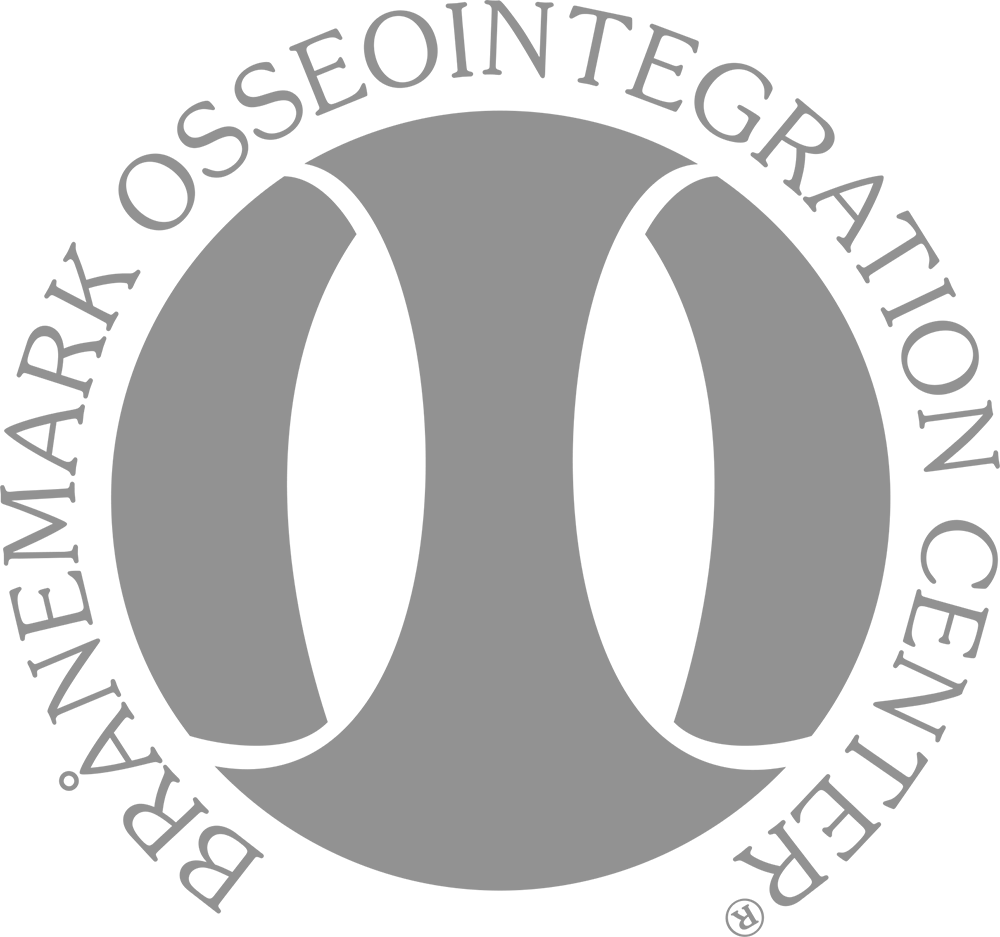


-
 Austria / Österreich
Austria / Österreich
-
 Bosnia and Herzegovina / Босна и Херцеговина
Bosnia and Herzegovina / Босна и Херцеговина
-
 Bulgaria / България
Bulgaria / България
-
 Croatia / Hrvatska
Croatia / Hrvatska
-
 Czech Republic & Slovakia / Česká republika & Slovensko
Czech Republic & Slovakia / Česká republika & Slovensko
-
 France / France
France / France
-
 Germany / Deutschland
Germany / Deutschland
-
 Greece / ΕΛΛΑΔΑ
Greece / ΕΛΛΑΔΑ
-
 Hungary / Hungary
Hungary / Hungary
-
 Italy / Italia
Italy / Italia
-
 Netherlands / Nederland
Netherlands / Nederland
-
 Nordic / Nordic
Nordic / Nordic
-
 Poland / Polska
Poland / Polska
-
 Portugal / Portugal
Portugal / Portugal
-
 Romania & Moldova / România & Moldova
Romania & Moldova / România & Moldova
-
 Slovenia / Slovenija
Slovenia / Slovenija
-
 Serbia & Montenegro / Србија и Црна Гора
Serbia & Montenegro / Србија и Црна Гора
-
 Spain / España
Spain / España
-
 Switzerland / Schweiz
Switzerland / Schweiz
-
 Turkey / Türkiye
Turkey / Türkiye
-
 UK & Ireland / UK & Ireland
UK & Ireland / UK & Ireland
 Brazil / Brasil
Brazil / Brasil
 Canada / Canada
Canada / Canada
 Latin America / Latinoamérica
Latin America / Latinoamérica
 USA / USA
USA / USA
 China / 中国
China / 中国
 India / भारत गणराज्य
India / भारत गणराज्य
 Pakistan / Pākistān
Pakistan / Pākistān
 Vietnam / Việt Nam
Vietnam / Việt Nam
 ASEAN / ASEAN
ASEAN / ASEAN
 Israel / מְדִינַת יִשְׂרָאֵל
Israel / מְדִינַת יִשְׂרָאֵל
 Algeria, Morocco & Tunisia / الجزائر والمغرب وتونس
Algeria, Morocco & Tunisia / الجزائر والمغرب وتونس
 Middle East / Middle East
Middle East / Middle East






















